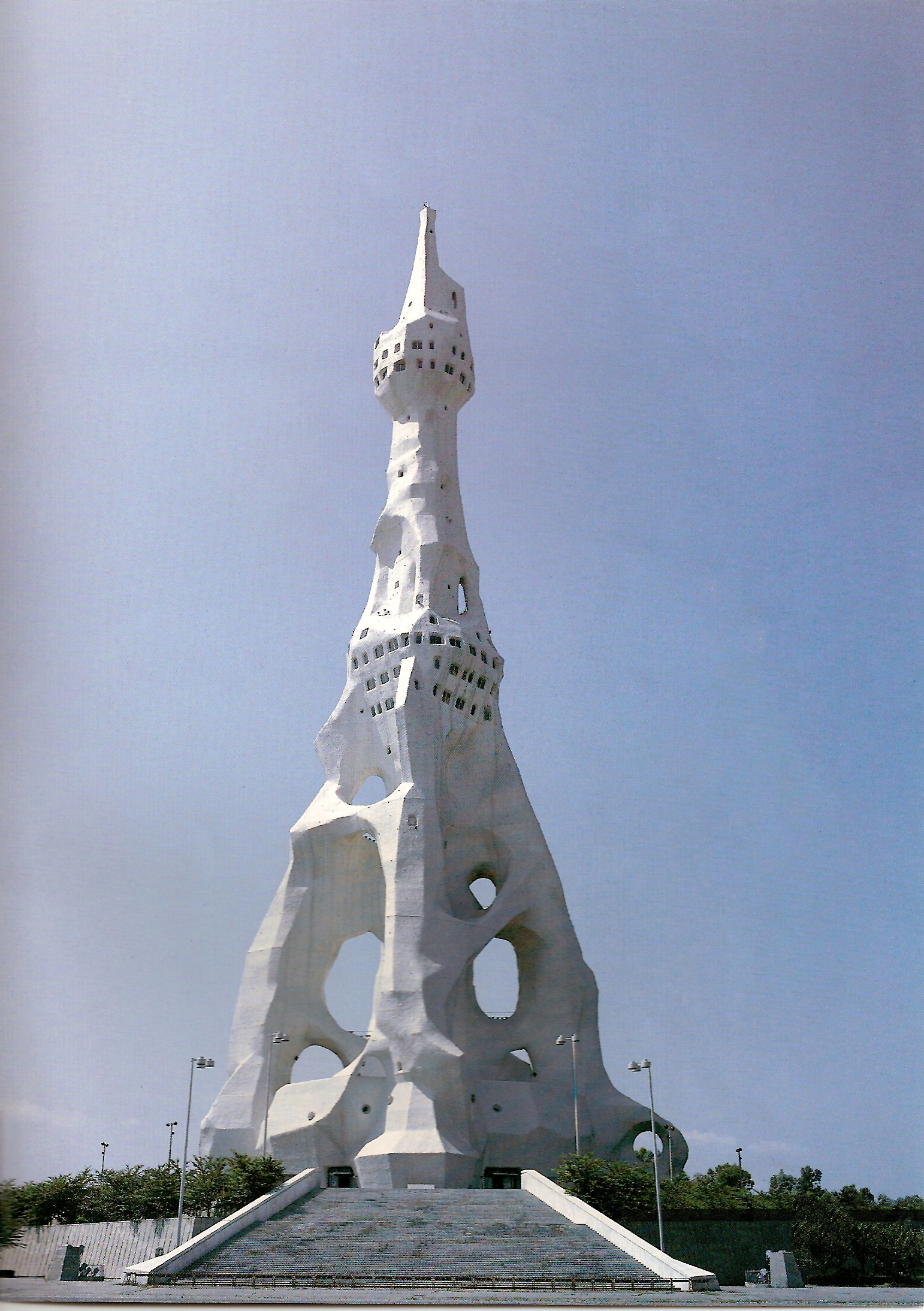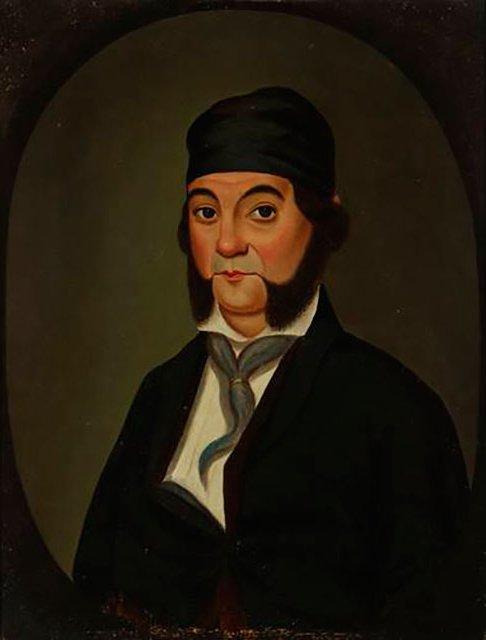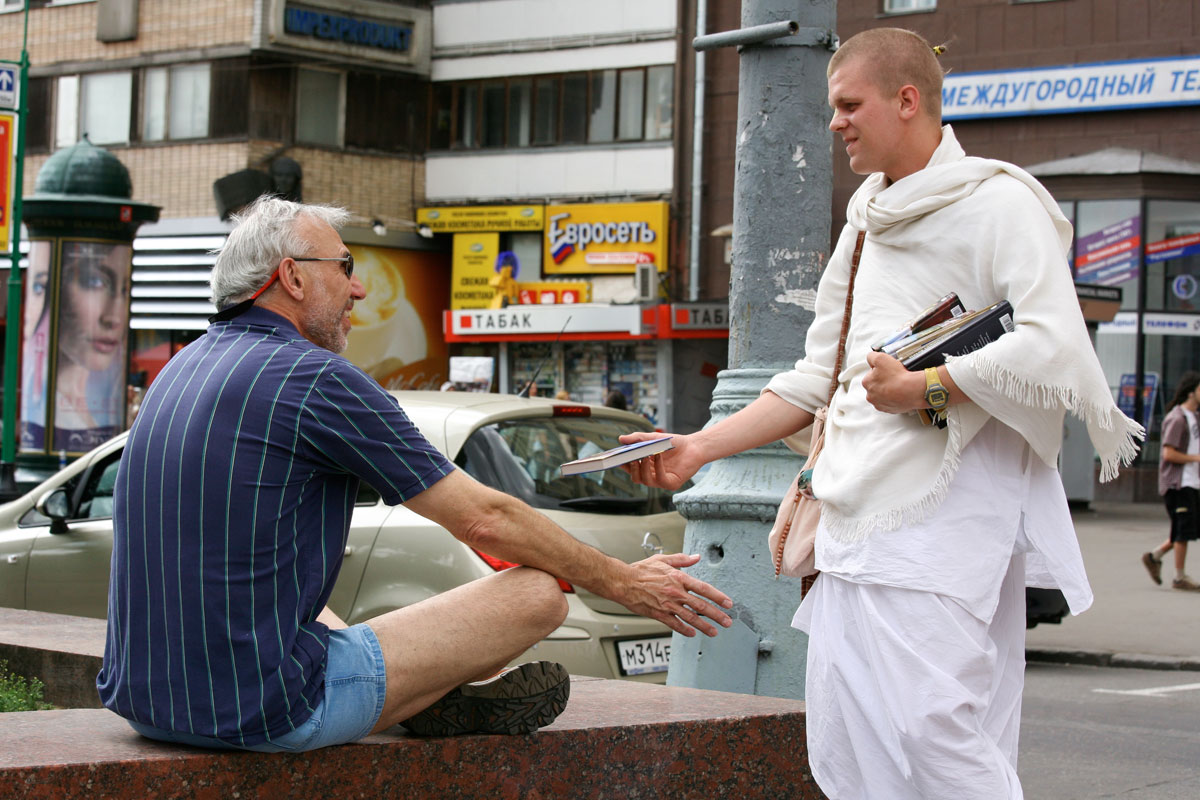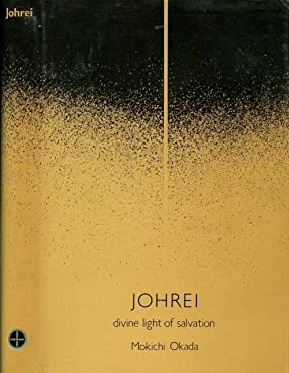|
Mahikari Movement
The Mahikari movement (Japanese: ) is a Japanese Japanese new religions, new religious movement (''shinshūkyō'') that was founded in 1959 by Yoshikazu Okada (岡田 良一) (1901–1974). The word "Mahikari" means "True (真, ma) Light (光, hikari)" in Japanese language, Japanese. The movement currently consists of various splinter organizations; the largest ones are currently World Divine Light (:ja:世界真光文明教団, 世界真光文明教団) in Izu, Shizuoka, Izu and Sukyo Mahikari (:ja:崇教真光, 崇教真光) in Takayama, Gifu, Takayama. Both of these organizations refer to their headquarters as ("God's throne"), since they are the shrines for the supreme . Both organizations also refer to their spiritual leader as ''Oshienushi[-sama]'' (教え主[様]). Foundation The original Mahikari organization was founded by Yoshikazu Okada, Kōtama Okada (born Yoshikazu Okada) in 1959. The organization was originally named L. H. Yokoshi no Tomo (陽光子友乃会, ''Yok ... [...More Info...] [...Related Items...] OR: [Wikipedia] [Google] [Baidu] |
Japanese New Religion
Japanese new religions are new religious movements established in Japan. In Japanese, they are called or . Japanese scholars classify all religious organizations founded since the middle of the 19th century as "new religions"; thus, the term refers to a great diversity and number of organizations. Most came into being in the mid-to- late twentieth century and are influenced by much older traditional religions including Buddhism and Shinto. Foreign influences include Christianity, the Bible and the writings of Nostradamus. Before World War II In the 1860s Japan began to experience great social turmoil and rapid modernization. As social conflicts emerged in this last decade of the Edo period, known as the Bakumatsu period, some new religious movements appeared. Among them were Tenrikyo, Kurozumikyo and Oomoto, sometimes called ''Nihon Sandai Shinkōshūkyō'' ("Japan's three large new religions"), which were directly influenced by Shinto (the state religion) and shamanism. The soc ... [...More Info...] [...Related Items...] OR: [Wikipedia] [Google] [Baidu] |
Santa Ana, California
Santa Ana () is the second most populous city and the county seat of Orange County, California. Located in the Greater Los Angeles region of Southern California, the city's population was 310,227 at the 2020 census, making Santa Ana the List of California cities by population, 13th-most populous city in California and the List of United States cities by population density, 4th densest large city in the United States (behind only New York City, San Francisco, and Boston). Santa Ana is a major regional economic and cultural hub for the Orange Coast. Santa Ana's origins began in 1810, when the Spanish governor of California granted Rancho Santiago de Santa Ana to José Antonio Yorba. Following the Mexican War of Independence, the Yorba family ranchos of California, rancho was enlarged, becoming one of the largest and most valuable in the region and home to a diverse Californio community. Following the American Conquest of California, the rancho was sold to the Sepúlveda family, wh ... [...More Info...] [...Related Items...] OR: [Wikipedia] [Google] [Baidu] |
Religious Organizations Based In Japan
Religion is usually defined as a social-cultural system of designated behaviors and practices, morals, beliefs, worldviews, texts, sanctified places, prophecies, ethics, or organizations, that generally relates humanity to supernatural, transcendental, and spiritual elements; however, there is no scholarly consensus over what precisely constitutes a religion. Different religions may or may not contain various elements ranging from the divine, sacred things, faith,Tillich, P. (1957) ''Dynamics of faith''. Harper Perennial; (p. 1). a supernatural being or supernatural beings or "some sort of ultimacy and transcendence that will provide norms and power for the rest of life". Religious practices may include rituals, sermons, commemoration or veneration (of deities or saints), sacrifices, festivals, feasts, trances, initiations, funerary services, matrimonial services, meditation, prayer, music, art, dance, public service, or other aspects of human culture. Religions have ... [...More Info...] [...Related Items...] OR: [Wikipedia] [Google] [Baidu] |
Mahikari Movement
The Mahikari movement (Japanese: ) is a Japanese Japanese new religions, new religious movement (''shinshūkyō'') that was founded in 1959 by Yoshikazu Okada (岡田 良一) (1901–1974). The word "Mahikari" means "True (真, ma) Light (光, hikari)" in Japanese language, Japanese. The movement currently consists of various splinter organizations; the largest ones are currently World Divine Light (:ja:世界真光文明教団, 世界真光文明教団) in Izu, Shizuoka, Izu and Sukyo Mahikari (:ja:崇教真光, 崇教真光) in Takayama, Gifu, Takayama. Both of these organizations refer to their headquarters as ("God's throne"), since they are the shrines for the supreme . Both organizations also refer to their spiritual leader as ''Oshienushi[-sama]'' (教え主[様]). Foundation The original Mahikari organization was founded by Yoshikazu Okada, Kōtama Okada (born Yoshikazu Okada) in 1959. The organization was originally named L. H. Yokoshi no Tomo (陽光子友乃会, ''Yok ... [...More Info...] [...Related Items...] OR: [Wikipedia] [Google] [Baidu] |
Religions Of Japan
Religion in Japan is manifested primarily in Shinto and in Buddhism, the two main faiths, which Japanese people often practice simultaneously. According to estimates, as many as 80% of the populace follow Shinto rituals to some degree, worshiping ancestors and spirits at domestic altars and public shrines. An almost equally high number is reported as Buddhist. Syncretic combinations of both, known generally as , are common; they represented Japan's dominant religion before the rise of State Shinto in the 19th century. The Japanese concept of religion differs significantly from that of Western culture. Spirituality and worship are highly eclectic; rites and practices, often associated with well-being and worldly benefits, are of primary concern, while doctrines and beliefs garner minor attention. Religious affiliation is an alien notion. Although the vast majority of Japanese citizens follow Shinto, only some 3% identify as Shinto in surveys, because the term is understood to i ... [...More Info...] [...Related Items...] OR: [Wikipedia] [Google] [Baidu] |
New Religious Movement
A new religious movement (NRM), also known as alternative spirituality or a new religion, is a religious or spiritual group that has modern origins and is peripheral to its society's dominant religious culture. NRMs can be novel in origin or they can be part of a wider religion, in which case they are distinct from pre-existing denominations. Some NRMs deal with the challenges which the modernizing world poses to them by embracing individualism, while other NRMs deal with them by embracing tightly knit collective means. Scholars have estimated that NRMs number in the tens of thousands worldwide, with most of their members living in Asia and Africa. Most NRMs only have a few members, some of them have thousands of members, and a few of them have more than a million members. Eileen Barker, 1999, "New Religious Movements: their incidence and significance", ''New Religious Movements: challenge and response'', Bryan Wilson and Jamie Cresswell editors, Routledge There is no single, ... [...More Info...] [...Related Items...] OR: [Wikipedia] [Google] [Baidu] |
Jorei
Johrei , spelled ''jyorei'' by Shumei groups'','' is a type of energy healing, It that was introduced in Japan in the 1930s by Mokichi Okada, (AKA Meishu-Sama). Practitioners channel light towards patients by holding up the palm of the hands towards the recipient's body. They often wear an O-Hikari (sacred focal point) which contains the Japanese symbol for light (Hikari, 光). There are several organizations that follow Okada's teachings and use Johrei as a method for spiritual purification, including Izunome (now World Church of Messiah), Mokichi Okada Association, The Johrei Foundation, The Johrei Institute, and Shinji Shumeikai (also called Shumei). Johrei forms one of the three pillars of Okada's philosophy of living, the Art of Healing, along with thArt of Beautyand the Art oNature Practice and delivery Channeled through the palm of its administrator towards the patient's body, Johrei does not involve any therapeutic touch or laying on of hands. It is usually deliver ... [...More Info...] [...Related Items...] OR: [Wikipedia] [Google] [Baidu] |
Konkokyo
, or just Konkō, is a Shintō sect, being a part of the ''Kyoha Shintō Rengokai'' (Association of Sectarian Shinto), and an independent faith with origins in Shinbutsu-shūgō beliefs. Konkokyo worships the spirit and energy that flows through all things (''musubi'', one of the core beliefs of Shinto) as ''Tenchi Kane No Kami'', or the Golden Kami of the Heavens and Earth (in Japanese, "Heavens and Earth" also means the Universe). While Konkokyo is hard to define with any one particular theology, Tenchi Kane no Kami is understood to be omnipresent and is essentially the energy that penetrates (and/or manifests) the universe and gives all things a consciousness; a non-omnipotent director of the workings of nature. The physical universe is referred to as "Kami’s body" within Konko texts. The relationship between Kami and humanity is a benevolent and interdependent one. Kami is often seen as a divine ideal parent - offering love, affection, support, protection, and nurturi ... [...More Info...] [...Related Items...] OR: [Wikipedia] [Google] [Baidu] |
Tenrikyo
is a Japanese new religion which is neither strictly monotheistic nor pantheistic, originating from the teachings of a 19th-century woman named Nakayama Miki, known to her followers as "Oyasama". Followers of Tenrikyo believe that God of Origin, God in Truth, known by several names including "Tsukihi," " Tenri-Ō-no-Mikoto" and "Oyagamisama (God the Parent)" revealed divine intent through Miki Nakayama as the Shrine of God and to a lesser extent the roles of the Honseki Izo Iburi and other leaders. Tenrikyo's worldly aim is to teach and promote the Joyous Life, which is cultivated through acts of charity and mindfulness called . The primary operations of Tenrikyo today are located at Tenrikyo Church Headquarters (Tenri, Nara, Japan), which supports 16,833 locally managed churches in Japan,Japanese Ministry of Education. ''Shuukyou Nenkan, Heisei 14-nen'' (宗教年鑑平成14年). 2002. the construction and maintenance of the and various community-focused organisations. It h ... [...More Info...] [...Related Items...] OR: [Wikipedia] [Google] [Baidu] |
Church Of World Messianity
Church may refer to: Religion * Church (building), a building for Christian religious activities * Church (congregation), a local congregation of a Christian denomination * Church service, a formalized period of Christian communal worship * Christian denomination, a Christian organization with distinct doctrine and practice * Christian Church, either the collective body of all Christian believers, or early Christianity Places United Kingdom * Church (Liverpool ward), a Liverpool City Council ward * Church (Reading ward), a Reading Borough Council ward * Church (Sefton ward), a Metropolitan Borough of Sefton ward * Church, Lancashire, England United States * Church, Iowa, an unincorporated community * Church Lake, a lake in Minnesota Arts, entertainment, and media * ''Church magazine'', a pastoral theology magazine published by the National Pastoral Life Center Fictional entities * Church (''Red vs. Blue''), a fictional character in the video web series ''Red vs. Blue' ... [...More Info...] [...Related Items...] OR: [Wikipedia] [Google] [Baidu] |
Oomoto
''Chōseiden'' in Ayabe , also known as , is a religion founded in 1892 by Deguchi Nao (1836–1918), often categorised as a new Japanese religion originated from Shinto. The spiritual leaders of the movement have always been women within the Deguchi family; however, Deguchi Onisaburō (1871–1948) has been considered an important figure in Omoto as a ''seishi'' (spiritual teacher). Since 2001, the movement has been guided by its fifth leader, Kurenai Deguchi. History Deguchi Nao, a housewife from the tiny town of Ayabe, Kyoto Prefecture, declared that she had a "spirit dream" at the Japanese New Year in 1892, becoming possessed (''kamigakari'') by Ushitora no Konjin and starting to transmit his words. According to the official Oomoto biography of Deguchi, she came from a family which had long been in poverty, and had pawned nearly all of her possessions to feed her children and invalid husband. Deguchi was certainly not an otherwise famous figure, and independent accoun ... [...More Info...] [...Related Items...] OR: [Wikipedia] [Google] [Baidu] |









